With the Gainward RTX 1660 Super (Susi), I am once again rescuing a graphics card that I had already tested extensively almost four years ago and that has also been in almost daily use since then. This ranges as a career ladder from the office to the recording PC (OBS) and the gaming use in the PC of my youngest son. And at some point the card got a permanent snap. This ranged from throttling to blackouts, though the card still worked quite well when cold.
So it was time to provide the good piece with new thermal paste and possibly also new thermal pads. It’s only stupid if you don’t know the pad thicknesses and have to dig deep into your wallet to buy pads for such an older card. After opening the card, I found out that there were pads in three different thicknesses and not one pad came with the usual standard dimensions. The only thing that helps is to reach into the shelf of good experiments, and so it was products from Halnziye (please don’t make me pronounce that correctly) that come into play today. And who misses the dirty pictures: The article idea came to me unfortunately only after cleaning and the search for suitable pads.
In the center: Thermal Putty, so a middle thing between viscous thermal paste and thermal pads. The stuff is really underestimated and you can also get it in cheap, so today I will test a rather cheap product. Because I’m reaching with a small tin instead of three separate pads. The following picture from four years ago shows the usual suspects in the form of the extremely oily pads, whereby those of the VRAM, the coils and the voltage converters all have a deviating thickness and also don’t meet the household standards. That all had to go, just like the completely fossilized thermal paste, whose cement-like consistency matched the temperature picture
What is Thermal Putty?
Thermal Putty, also known as high viscosity thermal paste or thermal adhesive, is a highly interesting (and often misunderstood in DIY) material used between electronic components and heat sinks to improve heat transfer. Traditional thermal pads, on the other hand, are prefabricated, solid materials that are also used to improve heat transfer. Both have their advantages and disadvantages, but Thermal Putty simply more flexible in application and can even easily replace thermal pads of different thicknesses.
The material has better conformability, so it is softer and more malleable than thermal pads, allowing it to better conform to irregular surfaces and small gaps. This results in more efficient heat transfer and lower thermal resistance compared to conventional thermal pads. This results in better heat transfer and cooling of electronic components.
Conveniently, Thermal Putty can be applied in different amounts, making it easier to use the right amount for a particular application. Thermal Putty, on the other hand, needs to be the right thickness and cut to the right size and requires more time and effort. If, like me, you have a graphics card with pads that are even three different thicknesses and that also doesn’t match the common standard values, you’ll be able to replicate all the thicknesses with the more flexible Thermal Putty, which will actually be much cheaper. Thermal Putty also generally retains its thermal conductivity properties longer, while thermal pads can dry out over time and lose efficiency.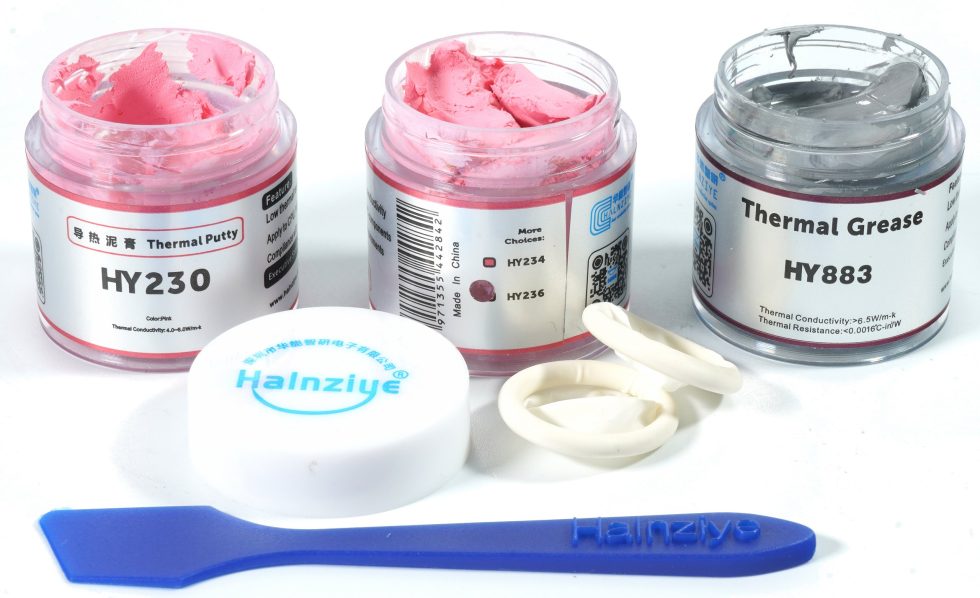
Thermal Putty maintains its performance at higher temperatures for a longer period of time, while thermal conductive pads usually tend to lose efficiency at higher temperatures. It can be concluded that Thermal Putty can also be more cost effective in the long run, as it requires less frequent replacement and actually provides better thermal performance on balance. Certainly, there are also many applications where Thermal Putty may be the preferred solution, such as when uniform thickness is required for optimal heat transfer or when installation must be quick and easy. So you have to weigh it against each other.
Even companies like NVIDIA or AMD now rely on such gap fillers, which actually makes the whole thing even more interesting. And so today you get a comparison between the then state of 2019, because I still have all the infrared images. And I can already spoil: both the thermal paste from Halnziye and the Thermal Putty have undercut the originals by far in the final temperatures. You can really leave it at that.
Halnziye HY-P15 as thermal paste
Well, this paste isn’t the absolute money saver, but it’s better than you’d think and still cheaper than some branded products, where you also have to pay for the expensive marketing. The paste is not particularly viscous, but pulls no threads and it spreads well. I don’t have any long-term experience to show, but I had already rebuilt the card months ago and it has been in really good use since then (charity project for a gaming PC that some have to share in. That means it’s slaving away from dawn till dusk.
We’ll see later what a first disassembly for inspection after this runtime reveals, so let’s stay curiously excited for once….














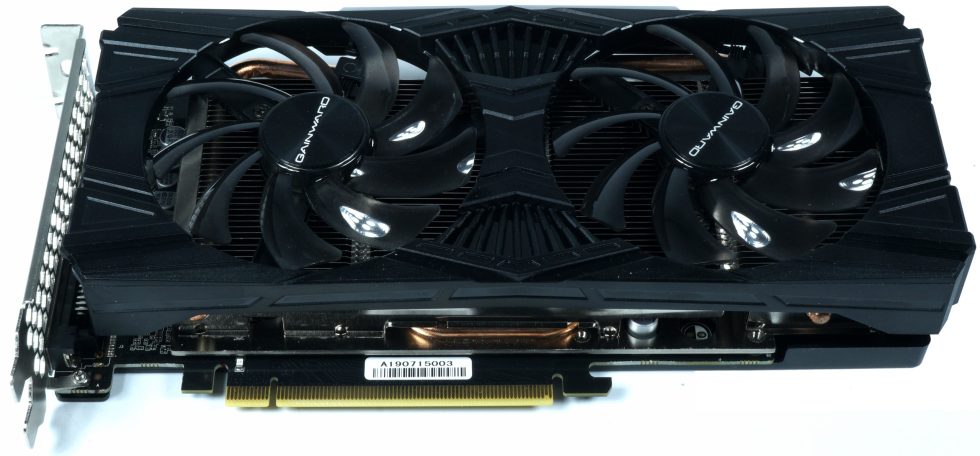
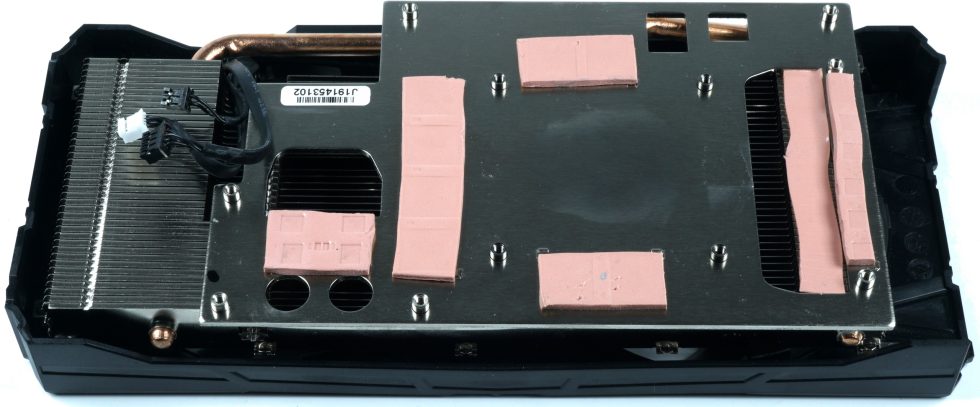
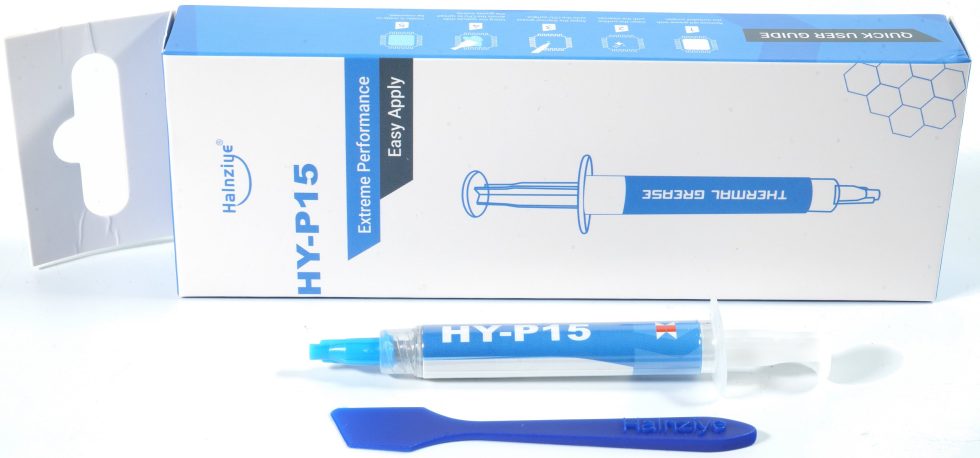







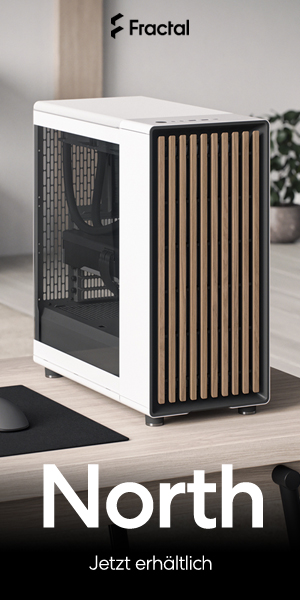







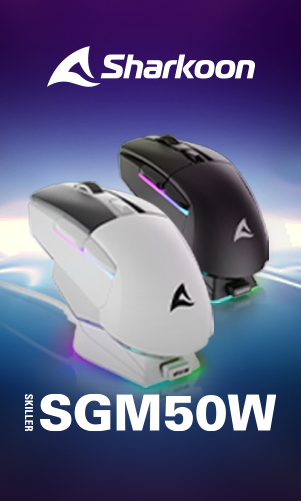



491 Antworten
Kommentar
Lade neue Kommentare
Urgestein
Mitglied
Mitglied
1
1
Urgestein
Urgestein
Mitglied
Mitglied
Urgestein
Urgestein
Mitglied
Veteran
Urgestein
Mitglied
Urgestein
Urgestein
1
1
Alle Kommentare lesen unter igor´sLAB Community →